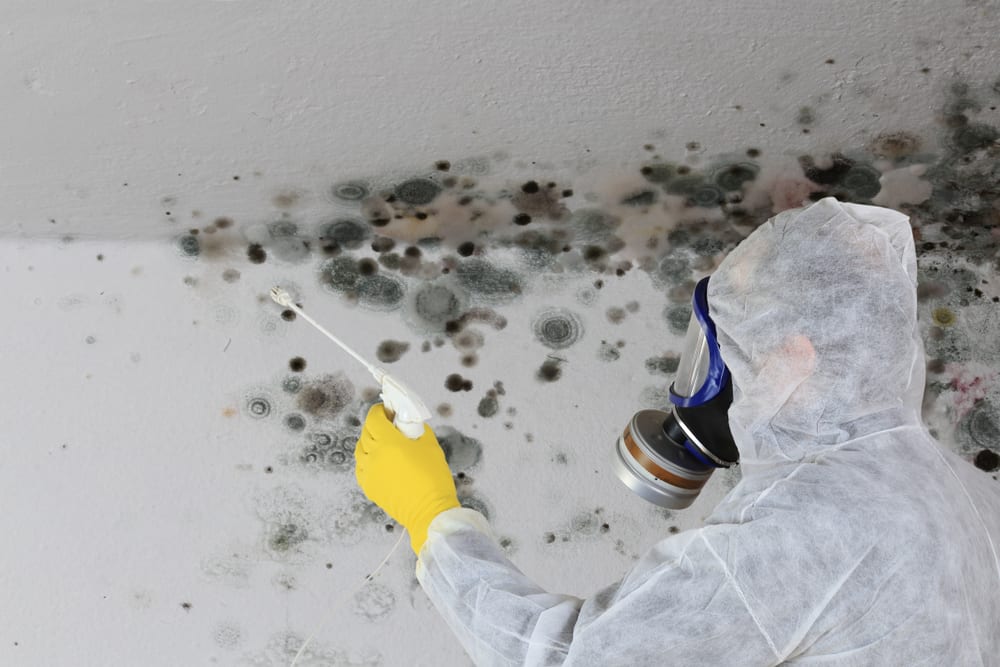You can kill the mold with vinegar or baking soda and scrub with soap and water.
Green mold in cellar.
Wood is a primary target for mold.
Green mold on furniture in a damp moldy basement aspergillus sp.
Green mold also commonly grows alongside molds of varying types like black or pink mold.
Mold reproduces and spreads via microscopic spores thousands of which can fit onto a surface the size of a postage stamp.
The most important thing to do is to remove all sources of moisture on which the mold can feed.
Removing mold regardless of its color is a difficult complex time consuming process.
The term green mold does not refer to a specific type of mold.
The dark confined spaces of kitchen cabinetry supply ample nutrients for green mold to flourish on even food like bread.
The mysteriously sharp line marking the top edge of this mold growth was very important.
Green mold refers to a number of species of fungi with spores that take on a greenish color.
Some of the common types of mold that may appear green are cladosporium aspergillus and penicillium.
All types of mold are potentially dangerous so if you see green mold you don t need to identify it.
Just get rid of it.
Is shown just above.
Green mold on drywall and cabinetry in a flooded basement or blue green mold is shown in this photograph.

